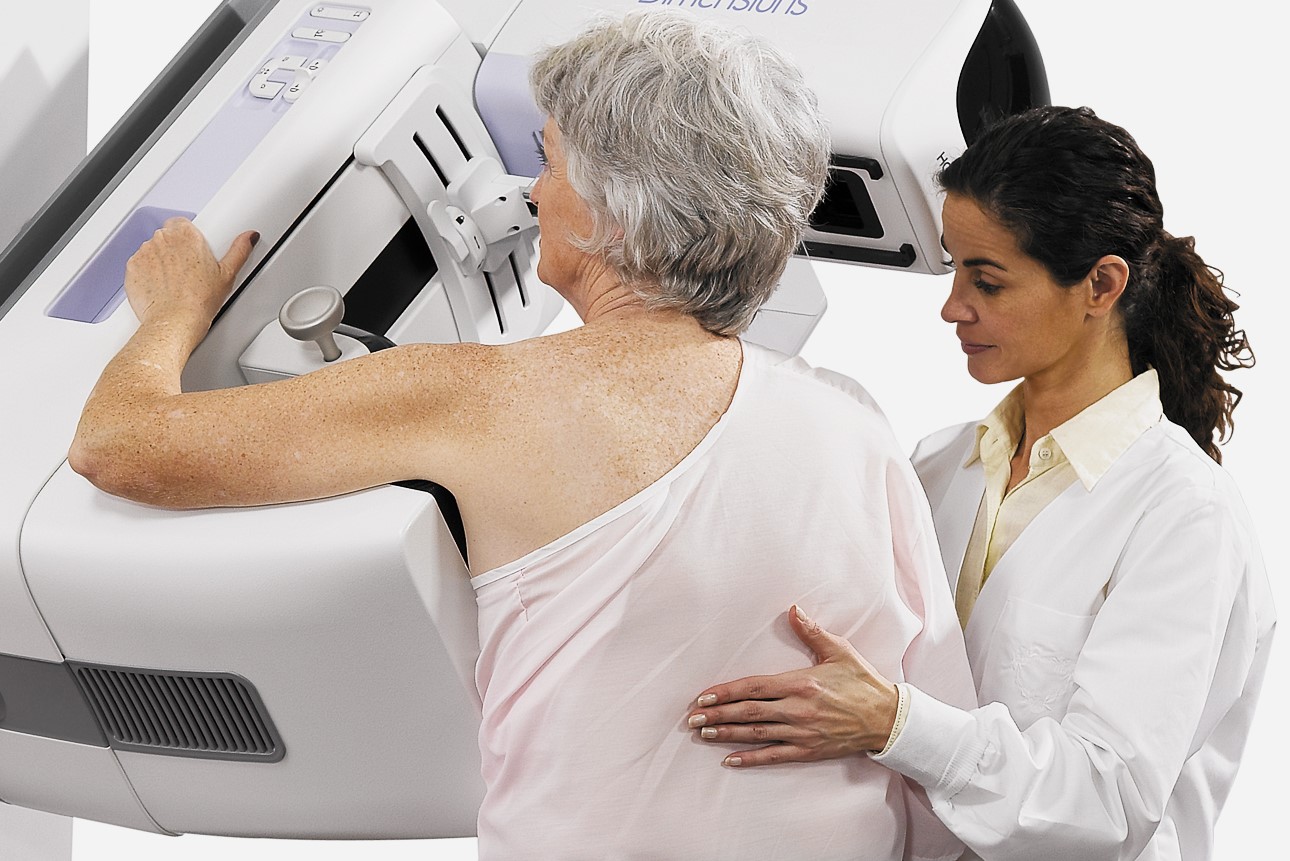
Mammography: a "life-saving" examination: what is it?
Mammography is, together with the pap test, the most important preventive examination for women. It is the most reliable method for the early detection of breast cancer, as it is able to detect changes in breast tissue, even in millimetres
It is the most reliable method of early detection of breast cancer, showing changes in breast tissue down to millimetres in size, and allows the tumour to be detected in its early stages, when it is still small and the chance of recovery is greatly increased.
Standard mammography and mammography with tomosynthesis
Standard mammography is a radiological examination that uses X-rays to make a very accurate study of the breast.
The breast is placed on a special support and compressed using a plastic plate called a compressor.
Basically, two projections are made for each breast.
The radiation dose is very low, especially with the digital technique used today.
Mammography screening: at what age?
As of January 2019, the screening offered in many regions will include the first mammogram at the age of 45.
It continues until the age of 75, annually from 45 to 50 and every two years from 50 to 75.
However, depending on each woman’s personal history, the specialist may suggest that the first mammogram be performed earlier and that more frequent check-ups be scheduled.
For example, in the case of patients at high risk due to a first-degree family history (i.e. having had a close relative with breast cancer: mother, sister, daughter or father): only in these cases is the first check-up advisable from the age of 35.
When to have a mammogram: periods of breast distension
It is preferable to carry out the examination in the first half of the menstrual cycle, as this is the period when the breast is less tense and it is therefore easier to perform the necessary compression.
In menopausal women, however, it is generally possible to carry out the examination at any time.
Mammography during pregnancy and breastfeeding: can it be done?
Obviously, pregnancy is one of the contraindications for the examination, whereas it is perfectly permissible during breastfeeding.
Read Also:
Transvaginal Ultrasound: How It Works And Why It Is Important
Pap Test, Or Pap Smear: What It Is And When To Do It


